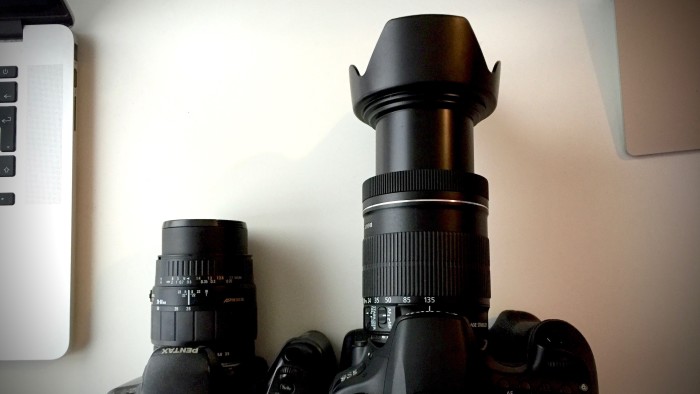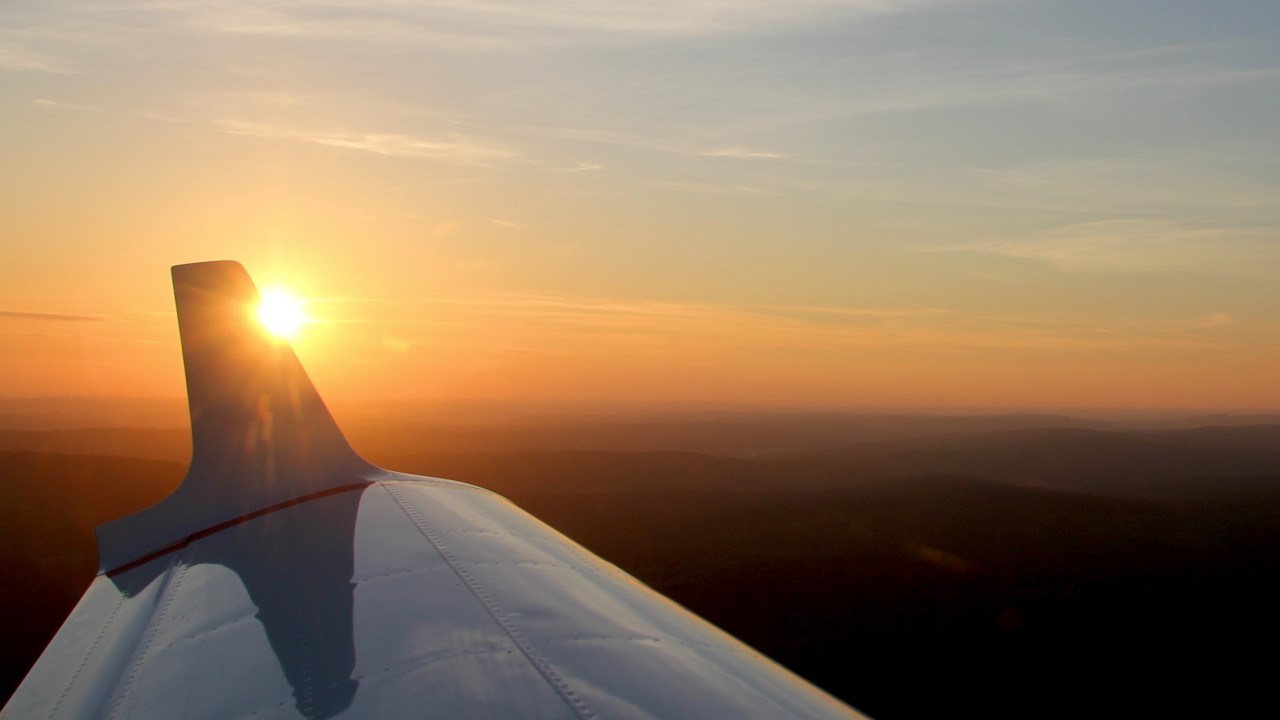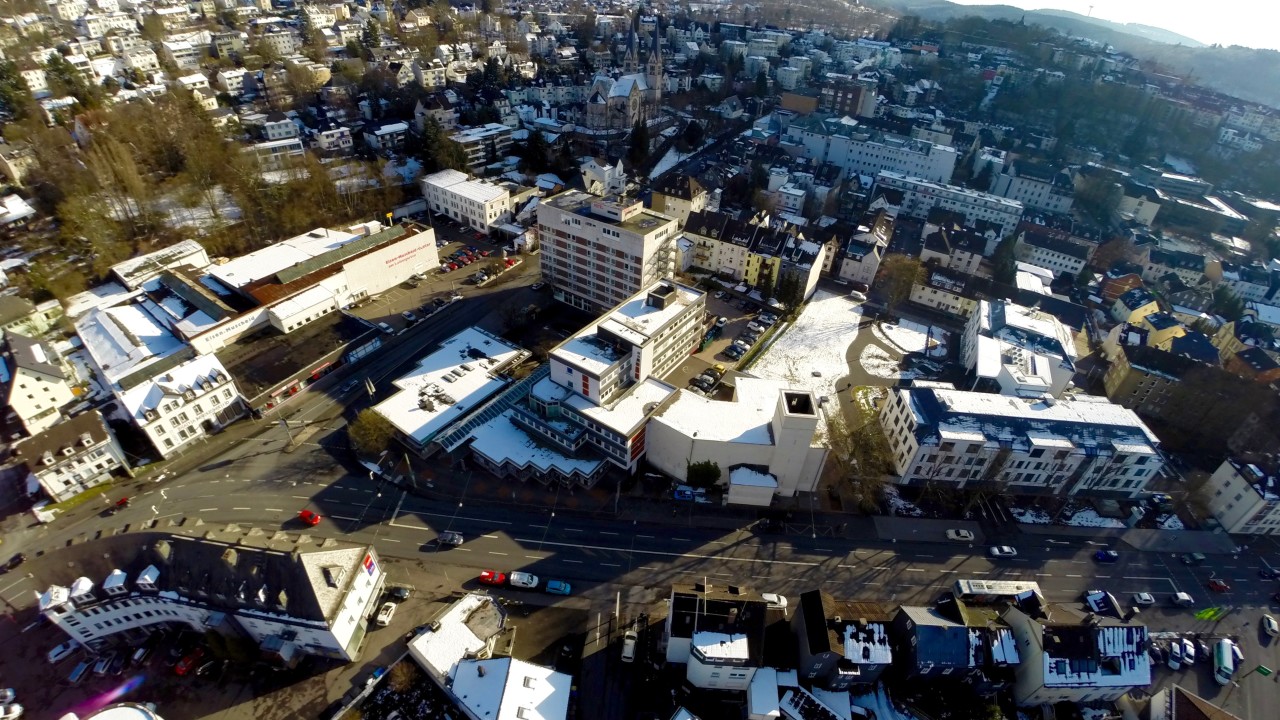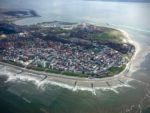“Am I allowed to take pictures?” As a pilot, you are frequently confronted with this question. To give you the answer: “Yes, of course!” The times of forbidden aerial photography have long passed. But there are still a few things to consider for your photo shoot, which you I will present you in the following blog post.
The right camera for the right goal
The vast majority of people use their smartphones to get a few snapshots. That works pretty well and the results can be used immediately for social networks and alike. But if your goal is to take some pictures of details on the ground or for Photoshop later on, you will soon get to the point where a smartphone is not sufficient anymore. As soon as you zoom or a specific section is to be enlarged, the quality of smartphone pictures decreases drastically. For these purposes a larger system or DSLR camera is definitely the choice at hand, compared to lenses of larger cameras, the small lens of smartphones is just not offering the same quality.
Handling
Usually you will be sitting in a narrow cockpit close to the window. Sometimes, a large DSLR with a big telephoto lens can be bothersome for, both, the other passengers and the pilot. Here you need to find a compromise between size and handling and a quick chat with the pilot beforehand can help as well. A bulky camera can sometimes infer with the pilot’s responsibilities, block the view on certain instruments or make specific rudder displacements difficult. That means, the camera has to stay on ground or in the compartment.
Plain, dark cloth
Now it is getting weird, why should you wear dark clothes? The following pictures of an island in the North Sea has the answer for you: Clearly visible are pen and clipboard, which are mirrored in the window. Bright garments, seat covers or illuminated instruments and displays can have the same effect. To minimize these reflections, dark clothing can help a lot.
External Fixation
A highly controversial point. Depending on the aircraft, an externally fixed camera counts as a structural modification and is therefore subject to approval. The reason is simple: Persons on the ground are at risk and the flight characteristics could be different after the modification. If you wish to take pictures with externally fixed cameras, you should definitely ask the pilot what is possible and allowed and where the limits are.
Clouds & Time
The best aerial photographs are surprisingly not taken under a clear sky and sunshine, but rather under slightly shaded weather conditions. When Altocumulus or Cirrostratus clouds scatter the sunlight, sharp shades of buildings and clouds on the ground can be avoided. Obviously, the best time to take picture is at noonday, when the sun is at the zenith. Shortly after dawn or before dusk, it is especially atmospheric in the air, when the sun is only inches above the horizon. By the way, that is also the time where a small plane is like on tracks without any turbulences, shakes or vibrations.
Have fun taking pictures from above!
The Author
Tomas Jakobs, 41, is entrepreneur, passionate sport pilot und flight instructor.
The topic of safety in sport aviation as well as further aeronautical training in the UL area are his points of interests. On the webpages www.ul-fluglehrer.de and www.ul-fortbildung.de you are able to learn more about these topics.




Leave A Reply